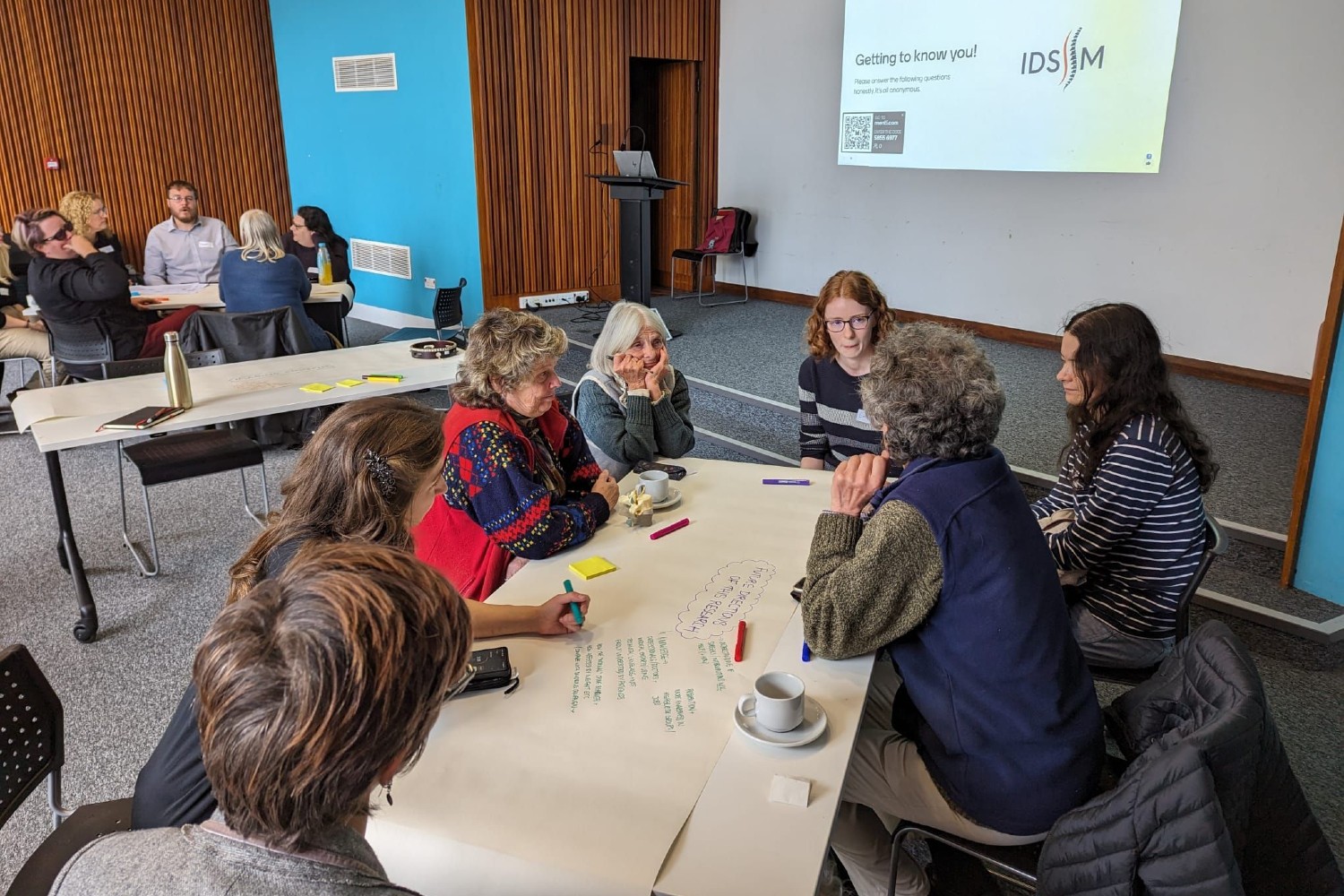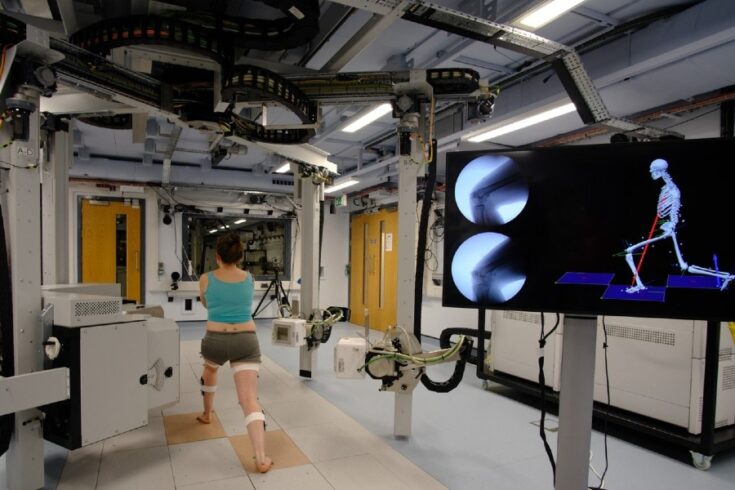The Image-Driven Subject-Specific Spine Models team based at the University of Exeter and Cardiff University is developing custom spine models to help with understanding of back disorders.
The researchers had assumed that the public and patients would be interested in how the research could be used to treat and resolve back pain.
However, feedback from patient and public involvement revealed that people were just as interested in how the spine models could be used to understand and prevent back pain and spinal disorders in the first place.
Gaining fundamental knowledge
Jenny Williams, Facility Coordinator for the Musculoskeletal Biomechanics Research Facility at Cardiff University, said:
This is a basic science project to gain fundamental knowledge – the step before we can develop a tool or a public health message.
When you involve the public and patients it helps to frame your research. It’s good to put things into context by talking to the people you ultimately want to impact.
Volunteers not worried by intrusive procedures
The researchers are using imaging technologies to predict the forces at work in an individual’s spine, whether they are picking something up, bending, twisting or performing other activities involving the back.
The aim is to develop a computer model of a spine that will improve understanding and can be tailored to an individual patient. Volunteers were recruited to undergo MRI and video X-ray.
Public involvement was used to develop protocols for involving volunteers, particularly as they were asking volunteers to allow themselves to be exposed to radiation for the purposes of research.
The team found volunteers were more willing than they expected to sign up for what could be considered quite intrusive procedures.
Public were interested in a deeper understanding
The team invited members of the public to an event to coincide with World Spine Day.
There were 12 participants of various ages who discussed areas such as:
- project communication
- future direction of research
- recruiting participants
- concerns about research protocols and data
- interest in the project
Principal investigator Professor Jude Meakin of the University of Exeter, said:
I think we wrongly assumed people would want to know ‘what’s the fix’ or where’s the device’?
They accepted that there was a general lack of understanding about the spine and that it’s more complex than we think. Many had suffered chronic back pain and were interested in what was causing it and were seeking some deeper knowledge.
In a way, it reminded me that we still don’t know enough to make a healthcare technology.

Researchers from the Image-Driven Subject-Specific Spine Models team sit around tables with members of the public and patients taking part in a workshop. Credit: Professor Jude Meakin
Science centre was critical to successful event
The researchers faced challenges in recruiting people to take part in the engagement event. They aimed for 20 and managed to attract 12.
They turned to Exeter Science Centre, a local organisation that aims to involve the community in science, for help in recruiting people and facilitating the event.
A voucher payment was offered to participants to encourage them to attend.
Advice for other researchers
The team’s advice for other researchers doing patient and public involvement was:
- not to be afraid to get help with the recruitment and planning
- to use professional organisers who can keep you to time and keep you on subject
Jenny added:
One of the takeaways for me was that we would have struggled to carry off that event without the help of Exeter Science Centre.
It highlighted the potential value of having established patient and public involvement groups of research friendly individuals we can call on to get involved in our work, something I am keen to push for.

